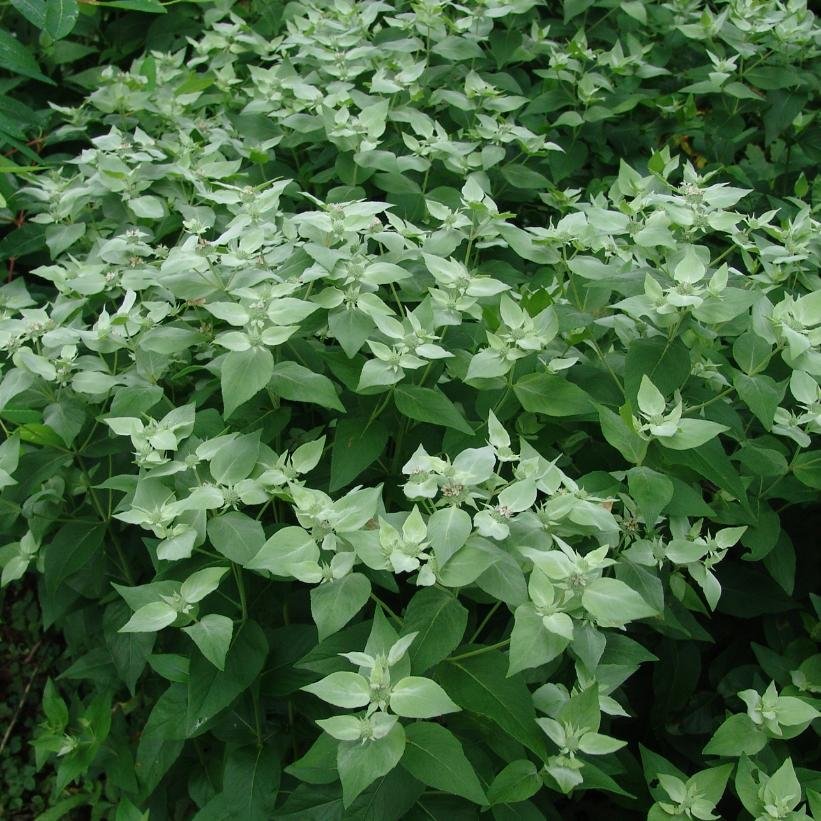HABIT
Height: 2-3’
Bloom Time: mid- to late summer
SITE CONDITIONS
Light: full sun, part shade
Soil: medium-wet, average, medium-dry
CULTIVATION TIPS
Establishment: colonizes quickly by rhizomes, allow ample space or plant with other vigorous species
Deer Resistance: high
INTERACTIONS
Pollinator Support: very high
CONSERVATION
Native Range: local ecotype
Seed Origin: Fairfield County, CT
